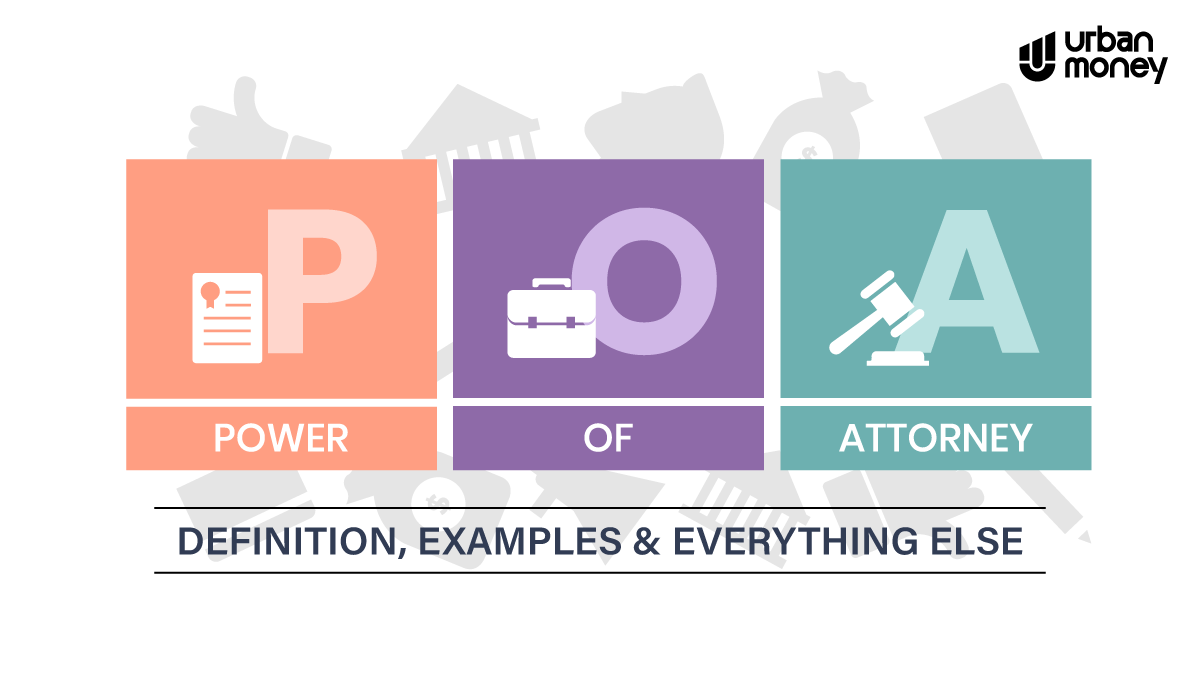Top 10 Best Private Banks in India List 2025
January 09, 2025
Home Loan Archive | Annual Percentage Rate (APR) – Definition, Meaning with Calculation Formula

August 23, 2024


A loan from any institution is a significant financial move that can affect you and your loved ones. While many banking institutions advertise a provisional interest rate on the borrowed amount, an Annual Percentage Rate helps discover the true expenditure and various annual charges. This amount enables you to budget your finances better and understand how much a loan will cost the borrower over a longer tenure.
Table of Contents
ToggleAnnual Percentage Rate, or APR, is the yearly interest rate borrowers pay the investor. In layman’s terms, the APR represents the actual income generated from a financial investment by the lenders. Besides compounding interest, APR includes every additional cost associated with the lending transaction and helps borrowers compare the loan terms offered by every bank or investment firm.
Given the borrower’s overall creditworthiness, the lender might charge different APRs from different individuals for the same loan amount. Some of the fees included in the Annual Percentage Rate are administrative fees, insurance premiums and processing charges. This rate also helps borrowers understand the actual loan amount and interest to be paid yearly instead of what was advertised by the banks.
An example of APR is that if you go to a restaurant and eat food worth INR 700, you must pay a lowered interest rate of INR 20 and a service charge of the eatery for INR 8. So, while the interest rate is only (20/700 * 100) 2.85%, the APR comes to be (28/700 * 100) 4%.
The higher the APR on a loan, the more a borrower has to pay the lender monthly, and vice versa.
The annual Percentage Rate reflects the amount owed to the lender and helps borrowers with better financial planning. Here are some of the reasons why this metric might affect your financial health in the long term:
After analysing the customer’s assets and liabilities, different banks offer different APRs, which means that the borrower holds the power to take a loan from the bank with lower interest rates without worrying about hidden costs.
Borrowers who choose lower APR banks can achieve better financial stability and improve their creditworthiness by paying their loans on time. This factor can also help them acquire new credit cards or apply for more loans.
APR ensures that every financial institution works transparently and does not ask its clients for more money than they agreed to in the agreement, preventing financial burdens or fraudulent transactions. Borrowers can learn their loan’s true value and impact after analysing the difference between interest rates and the Annual Percentage Rate.
Calculate an APR by multiplying the actual interest rate by the loan tenure. However, this rate can vary occasionally in cases of non-payment of bills and increasing credit card debts.APR does not consider compounding interest, so it only finds the simple interest rate for the year.
The exact formular for APR is:
((Fees+ Interest/ Principal/ n) * 365 ) *100
Where:
Credit card companies often charge interest on outstanding payments and will even start charging interest on each transaction in case of exceptional payments over the limit. To calculate the daily periodic rate for each transaction, you can use the following Annual Percentage Rate formula:
APR Rate on the Card/ Days = Daily Periodic Rate
You can also find out your monthly interest rate by this formula:
Daily Balance * Periodic Rate * Days of the Billing Cycle = Monthly Interest Charge
Here are the various components that help calculate the correct APR on loan:
You May Also Like to Read : Top 10 Best Bank for Home Loan in India
Here are the various types of APRs which help in analysing the loan amount payment to be paid
Interest Rate is the official amount to be paid on any loan. In contrast, an APR on a loan should include all the payments related to the borrowed money, bank-related taxes, and other insurance payments.
Here is the official difference between the two:
| Interest Rate | Annual Percentage Rate |
| This includes less amounts of money. | This includes more amount of money. |
| No other fees are included in the interest rate. | Several other fees are included in the Annual Percentage Rate. |
| It is based only on pre-set conditions and individual creditworthiness. | It is controlled by the lender and affected by factors like discount and broker fees |
| Lower Interest rates signify lower monthly payments. | A lower APR means lower overall loan costs and yearly interest payments. |
Yes, APR applies to all financial borrowing and loans taken by customers.
The annual percentage rate varies from customer to customer and bank to bank, so there is no fixed APR.
A lower APR is usually much more desirable as it means fewer interest payments yearly.
If you fail to pay your debt for a prolonged period of time, your APR can increase significantly.
Yes, APR can be lowered for some personal loans if you have an excellent credit score.
No. APR involves numerous charges that the Interest Rate does not, so they are not the same thing.










© 2025 www.urbanmoney.com. All rights reserved.

Need Loan Assistance?

Thank you for showing your interest. Our agent will get in touch with you soon.

















